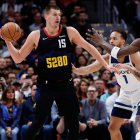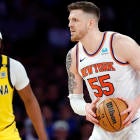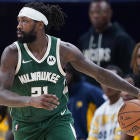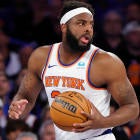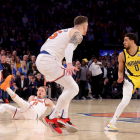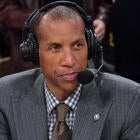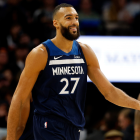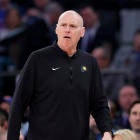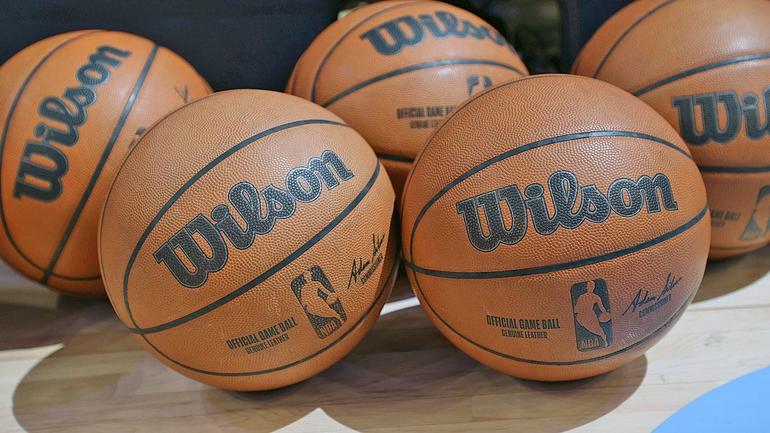
The NBA and the NBPA have agreed to a new collective bargaining agreement, according to ESPN's Adrian Wojnarowski. The deal, which will last for seven years with a mutual opt-out after the sixth, comes after the two sides agreed to extend a critical deadline in the negotiating process. The previous collective bargaining agreement was set to expire after the 2023-24 season, but both the NBA and NBPA had the option to opt out of it after the conclusion of the 2022-23 season. While the full agreement has not yet been made public, here are some notable deal points according to Wojnarowski, Bobby Marks and Tim Bontemps:
- The long-rumored in-season tournament could begin as early as next season. Pool play would be baked into the regular-season schedule starting in November before the top eight move into a single-elimination tournament. The final four would be played at a neutral site, with Las Vegas as the early front-runner. The winning team would receive a cash prize, with players earning $500,000.
- There will now be a second salary cap apron -- $17.5 million over the current apron -- which will help curb spending among the league's most expensive teams. Any team that crosses that threshold will lose access to the taxpayer mid-level exception.
- Individual player awards will now have a 65-game minimum for eligibility. This includes honors like All-NBA.
- The restrictions limiting veteran contract extensions have been loosened. Whereas most players were previously limited to 120% of their previous salary in the first year of an extension, now those players will be able to earn as much as 140% of their previous salary upon the start of a new deal.
- Players will no longer be prohibited from using marijuana, according to The Athletic's Shams Charania, as it has been removed from the anti-drug testing program, a process that began during 2019-20 season.
- Teams will be able to sign three two-way players instead of two.
The deadline to opt out, which had been delayed multiple times, was Friday at midnight. However, with the two sides close, they agreed to extend it one more time to get a new CBA done. The NBPA had previously declared that it would not opt out, but NBA commissioner Adam Silver suggested that the league planned to had a new deal not been reached.
Fortunately, that possibility is now gone, and the two sides have averted the slim possibility of a lockout. This marks the second consecutive collective bargaining agreement negotiated by Silver that has not required a work stoppage, and the first by new NBPA executive director Tamika Tremaglio, who recently replaced Michele Roberts, who led the players in negotiations on the 2017 CBA that has been in effect ever since. The NBA has lost games due to a lockouts only twice in its history, in 1998 and 2011. The league has enjoyed 12 years of labor peace since, and with this new deal in place, that peace is set to last awhile longer.
With the collective bargaining agreement now settled, the NBA can turn its attention to its next major financial milestone. The league's current national media rights deal with Disney and Turner is set to expire at the end of the 2024-25 season. The league would surely prefer to have a new television deal done well before then, and reports suggest that the league is hoping to earn three times as much as the $24 billion it got in its last deal.
That money motivated both sides to get a collective bargaining agreement done before there was serious danger of a work stoppage. League revenue has risen so much that both sides would be risking billions of dollars by failing to secure a deal. Now, that deal is done, and the NBA will continue playing basketball unimpeded for the foreseeable future.














